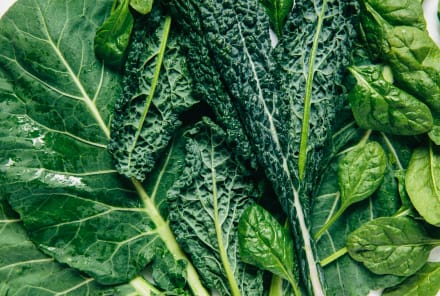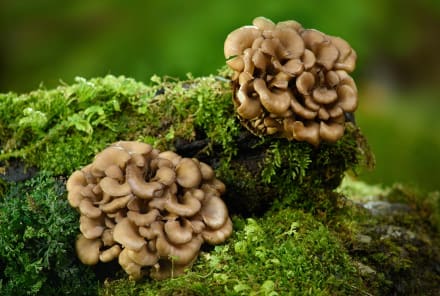Advertisement
Your Thoughts Have Energy — Here's How They Affect Those Around You


Whatever has the most energy in the nonconscious mind reflects what we've spent the most time thinking about. In other words, whatever we think about the most grows because we're giving it energy. Just like a plant needs water to grow, a thought needs energy to grow.
How do thoughts have energy?
Thoughts are real things. And, like all real things, they generate energy: little packets of energy called photons, which are the fundamental particles of light. Albert Einstein discovered this law (photoelectric effect) and won the 1921 Nobel Prize in physics for his work.
Though all of us have experienced photons in many ways, perhaps you've never thought of them in relation to your thoughts, so let me give you an example: You're watching someone bullying people. Suddenly, you find yourself almost taking a step back, and you feel disturbed. It's almost as if the person is throwing something at you. What you're experiencing is the toxic energy from that person's thoughts—and it's real.
Mental energy sucks others in. Think of hanging out with someone who's constantly depressed or negative and how you feel around them. Fear breeds fear. The fearful mind generates fearful probabilities. The depressed mind generates depressing possibilities. But the same can be said for the positive.
The excited mind generates exciting possibilities. The joyful mind generates joyful possibilities. And the list goes on. We are what we think, and what we think about most will grow.
Pay attention to the energy you're taking in.
That's why we need to be discerning about who we connect with and who we listen to. We can quite literally enhance or damage each other. When we inadvertently allow others to fill our minds with their thinking, we're at their mercy.
The energy from people's thoughts is real, and we need to protect ourselves from it if it's negative or grab it with both hands if it's positive.
Thoughts and ideas from other people—including what we hear, read, and watch—have the potential to exert a controlling influence over our thinking, feeling, and choosing, if we let them.
However, it's interesting to note that memories formed from shared experiences will diminish within 24 to 48 hours because the proteins they're made of denature. This essentially means that they become heat energy. That's great for negative experiences, but to maintain and sustain a positive encounter, we need to focus on it for longer periods of time to maintain the benefit.
Bottom line.
What we're doing with our minds, our words, our attitudes, and our beliefs affects the people around us. Have you ever had anyone tell you there's a black cloud hanging over you and it's affecting them? Or that you're creating a toxic work environment by letting your stress affect everyone in the office? There's real energy being emitted from your thoughts and affecting others.
Watch Next
Enjoy some of our favorite clips from classes
Enjoy some of our favorite clips from classes
What Is Meditation?
Mindfulness/Spirituality | Light Watkins
Box Breathing
Mindfulness/Spirituality | Gwen Dittmar
What Breathwork Can Address
Mindfulness/Spirituality | Gwen Dittmar
The 8 Limbs of Yoga - What is Asana?
Yoga | Caley Alyssa
Two Standing Postures to Open Up Tight Hips
Yoga | Caley Alyssa
How Plants Can Optimize Athletic Performance
Nutrition | Rich Roll
What to Eat Before a Workout
Nutrition | Rich Roll
How Ayurveda Helps Us Navigate Modern Life
Nutrition | Sahara Rose
Messages About Love & Relationships
Love & Relationships | Esther Perel
Love Languages
Love & Relationships | Esther Perel

















